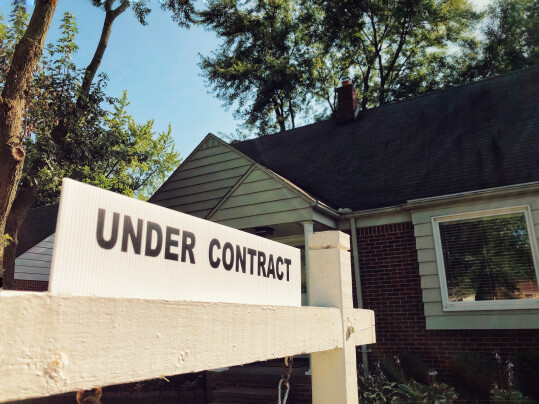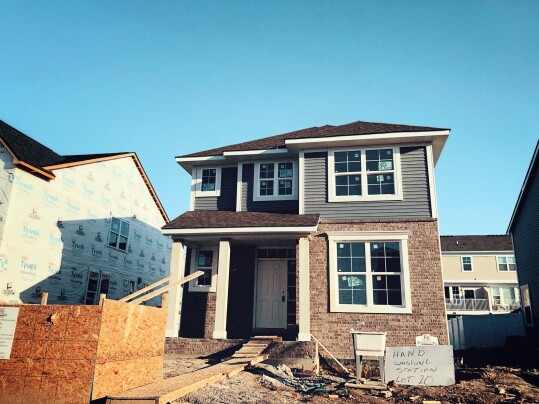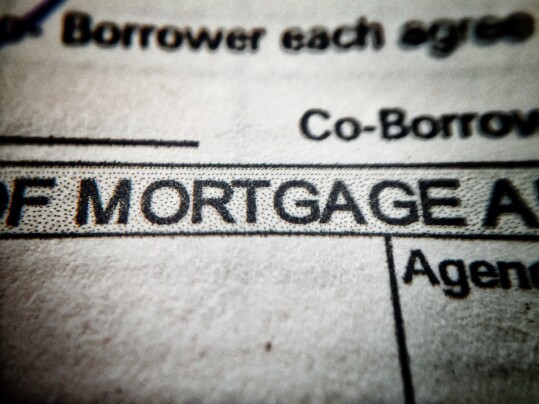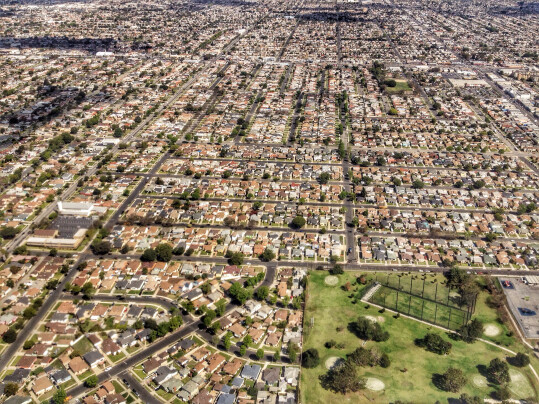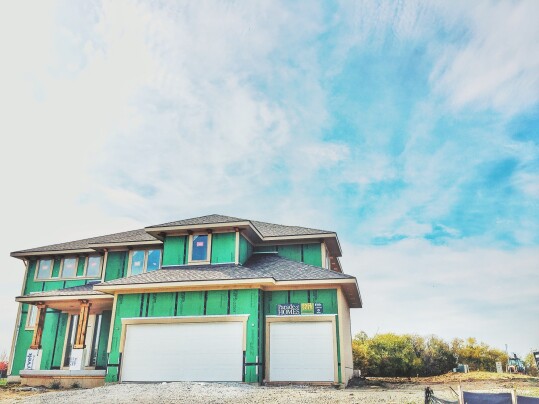The National Association of Realtors’ Pending Home Sales Index tracks the number of contracts to buy homes signed each month. The index is considered a good indicator of future home sales since most signed contracts lead to closed sales several weeks later. According to the most recent release, the index found pending home sales up month-over-month in June. It was the first increase since February. Lawrence Yun, NAR’s chief economist, says the housing recession is over. “The recovery has not taken place, but the housing recession is over,” Yun said. “With consumer price inflation calming close to the Federal Reserve’s desired conditions, mortgage rates look to have topped out. Given the ongoing job additions, any meaningful decline in mortgage rates could lead to a rush of buyers later in the year and into the next.” The NAR expects home sales to bounce back next year after slowing in 2023. (source)
Archive for July 2023
Contract Signings See First Increase Since February
New Home Sales Now 25% Higher Than Last Year
New estimates from the U.S. Census Bureau and the Department of Housing and Urban Development show sales of newly built single-family homes fell 2.5 percent in June from one month earlier. The decline was the first since February and follows a downward revision to May’s estimate. But while that may sound like discouraging news for the new home market, the long-term trend remains strong. How strong? Well, June’s estimate – while down from one month earlier – remains nearly 25 percent higher than at the same time last year. In other words, the market for newly built homes continues to grow, mostly due to a lack of previously owned homes for sale. Supply issues in the existing-home market have helped drive more buyers to look at new homes, which has supported more new residential construction. Also in the report, the median sales price of new houses sold in June was $415,400. The average sales price was $494,700. (source)
Average Mortgage Rates Mostly Unchanged
According to the Mortgage Bankers Association’s Weekly Applications Survey, average mortgage rates were mostly flat last week, with little change seen from one week earlier. Rates were unchanged for 30-year fixed-rate loans with conforming balances. Jumbo loans, those backed by the Federal Housing Administration, and 15-year fixed-rate loans all saw minor increases. Despite steady rates, demand for mortgage applications fell 1.8 percent from the week before. Joel Kan, MBA’s vice president and deputy chief economist, says purchase demand was driven down by a drop in FHA loan activity. “The 2.5 percent decline in purchase activity, partly driven by a 10 percent decrease in FHA applications, pushed the purchase index to its lowest level in over a month,” Kan said. “The decrease in FHA purchase applications contributed to an increase in the overall average purchase loan size to $432,700, its highest level since the end of this May.” The MBA’s weekly survey has been conducted since 1990 and cover 75 percent of all retail residential mortgage applications. (source)
Price Report Optimistic About Home Values
The S&P Case-Shiller Home Price Indices is a closely followed monthly price report that has been tracking home values for nearly 30 years. The report is considered among the leading measures of U.S. home prices. According to their most recent release, S&P found national home prices up 1.2 percent in May, the last month included in the report. The gain is evidence home values remain strong and will continue to be in coming months. Craig J. Lazzara, managing director at S&P, says there’s reason for optimism. “Home prices in the U.S. began to fall after June 2022, and May’s data bolster the case that the final month of the decline was January 2023,” Lazzara said. “Granted, the last four months’ price gains could be truncated by increases in mortgage rates or by general economic weakness. But the breadth and strength of May’s report are consistent with an optimistic view of future months.” The strongest price gains, somewhat surprisingly, were found in cold-weather cities, including Chicago, Cleveland, and New York. (source)
Outlook Says Supply Is Housing Market’s Top Issue
When home sales slow down, it’s easy to assume the reason behind the decline is fewer buyers in the market. But according to the latest release from Fannie Mae’s Economic and Strategic Research group, buyer demand is not the issue in today’s market. In fact, it’s the opposite. The group – which releases a monthly outlook covering their expectations for the economy and housing market in the months ahead – says the lack of available homes for sale is the defining feature of today’s housing market. Doug Duncan, Fannie Mae’s senior vice president and chief economist, says the housing market’s supply issue isn’t new. “We began discussing our expectations of a supply shortage in late 2014, and it remains front and center in the housing market in 2023,” Duncan said. “The supply of existing homes is near the 2009 crisis low, and it’s showing no signs of easing. This puts the onus on home builders and can be seen in the construction data.” The low supply of previously owned homes for sale has slowed sales and kept prices high. It has also helped support more new home construction, which is encouraging for the market’s future. (source)
Permits To Build New Homes At 12-Month High
There are plenty of interested home buyers out there but the number of available homes for sale remains low. That creates challenging affordability conditions as it helps push home prices higher. It also creates an opportunity for home builders. Fortunately, it seems they’re answering the call. In fact, according to new residential construction numbers from the U.S. Census Bureau and the Department of Housing and Urban Development, building permits for new single-family homes hit a 12-month high in June – rising 2.2 percent from the month before. That means home builders are ramping up construction of new homes to help meet demand from buyers. The increased supply will not only help new-home shoppers but also buyers of existing homes, as any increase in the total number of available homes for sale relieves upward pressure on home prices. (source)
Homes Sell Quickly As Summer Season Starts
Sales of existing homes fell in June, according to new data released by the National Association of Realtors. The decline was mostly due to falling sales in the South and West. The Northeast saw increases and the Midwest was unchanged from the previous month. But though sales of previously owned homes were down 3.3 percent from one month earlier, it doesn’t mean buyers weren’t active. In fact, homes continued to sell quickly, with 76 percent selling in less than a month. The typical home was on the market just 18 days. Lawrence Yun, NAR’s chief economist, says home prices are also holding firm. “Home sales fell but home prices have held firm in most parts of the country,” Yun said. “The national median home price in June was slightly less than the record high of nearly $414,000 in June of last year.” In other words, home sales were down in June but the market remains strong and competitive, mostly due to too few homes available for sale. (source)
